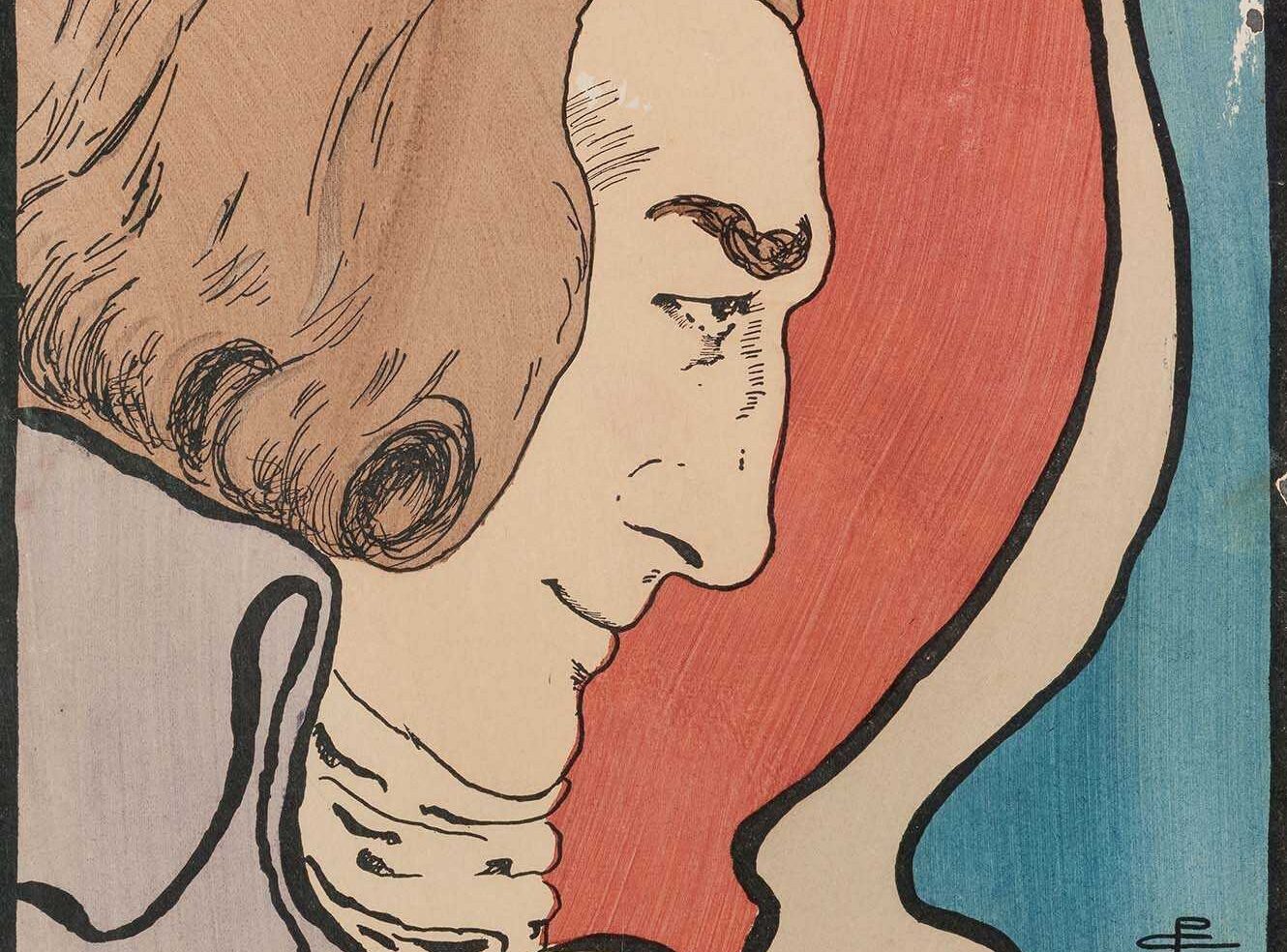'[I]t Would Be Very Difficult to Secure Such a Child' - The American Red Cross and Wartime Propaganda

'If you can send to me a little French girl, one or both of whose hands have been cut off by the Germans, we will take care of her and her presence will do more to help us raise large sums of money than anything else.'
So wrote a member of the Westchester County Chapter of the American Red Cross in November 1917, five months after the United States' entry into the First World War. Stories of German atrocities had circulated since the beginning of the conflict, and the victim of such a crime would surely prove to be a great propaganda asset.
R.B. Read, Assistant Chief of the Reconstruction and Relief Section, was unimpressed by the idea. 'It seems to me that it would be very difficult to secure such a child… I have never heard of any of our delegates speak of having seen such a case.’ What seemed a novel fundraising idea was, in his eyes, most likely impossible. Nevertheless, he passed the suggestion on to Homer Folks, the Director of Civil Affairs in Paris.

American National Red Cross Records, 1917 © The Hoover Institution Archives. Further reproduction prohibited without permission.
Although Folks agreed that such a child may be hard to locate, he did see the propaganda appeal of a mutilated child visiting the United States, and approached Director General H. O. Beatty, assuming that such children must have existed. Beatty's reply is worth reading in full;

'Replying to your note of the 19th., we have tried many times these last three years to find actual cases of the atrocity mentioned in the letter of the Westchester County Chapter of the Red Cross. Not only have we not been able to find the individual, but we never have been able to secure even a photograph. I doubt whether after the fruitless effort that was made by the Clearing House we could be more successful this time.'
These remarkably candid letters, featured in Adam Matthew Digital's forthcoming resource Medical Services and Warfare, suggest that whilst atrocities were committed during the war (such as those cited in the Bryce report published by the British government) and widely believed, corroborating them was a rather more difficult task. The American Red Cross leadership took great care in considering whether it should use them for propaganda purposes – and indeed, establishing exactly what had taken place during the opening stages of the conflict.
---
Medical Services and Warfare will publish in October 2017. Module I charts medical experiences and advancements from the Crimean War through to the First World War, and comprises hundreds of documents which highlight themes including personal perspectives, nursing, government policy, surgery, sanitation and rehabilitation. Register for the upcoming webinar here or contact info@amdigital.co.uk for more details.
Recent posts

Foreign Office, Consulate and Legation Files, China: 1830-1939 contains a huge variety of material touching on life in China through the eyes of the British representatives stationed there. Nick Jackson, Senior Editor at AM, looks at an example from this wealth of content, one diplomat’s exploration of Chinese family relationships and how this narrative presented them to a British audience.

The Nineteenth Century Stage is a rich resource exploring the theatrical celebrities, artistry, and changing social roles of the era. It highlights Pamela Colman Smith, known for her Rider-Waite tarot illustrations and theatre work, whose influence shaped Victorian theatre. Despite being overlooked, her life and impact are vividly captured through striking art and intimate collections within this valuable resource.
